Buddhists believe that tamarind seeds are a representation of forbearance (self-control) and faithfulness. This fruit is popular in Indian cuisine, its name is derived from the Arabic for "Indian dates." But Tamarind, which has been assimilated into many cultures and cuisines around the world, originally hails from Africa.
Although nature’s candy has spread its roots in North America, it’s still quite the stranger in the United States. Let’s get acquainted.
What Is Tamarind?
Tamarind fruit comes in a pod and has flesh that's sticky and dark brown. It can be sweet or sour depending on variety, though Dr. Sebi recommended the sour variety because it contains more potent antioxidants (hence the sour flavor). Tamarind can be found in or transformed into different states, including:
- Tamarind Tree: produces hard-shelled brown seed-pods, which are the leguminous fruit
- Tamarind Pod: protects the seeds and nourishes them with a sweet and sour pulp
- Tamarind Seeds: contain the next generation of tamarind trees
- Tamarind Pulp: sticky, fibrous substance that surrounds the seeds in the pod
- Tamarind Block: compressed pulp shaped into blocks (usually with seeds in)
- Tamarind Paste: softened pulp with water for cooking
- Tamarind Water: diluted paste with more water for drinking
How to Make Tamarind Water
Tamarind water is the new drink in town, and it’s about time you get rid of your fizzy sugar-filled sodas and jump on the tamarind train.
Ingredients
- 2 ounces (56g) of tamarind block or pulp fresh from the pod
- 1 cup of hot (boiled) spring water
- 500ml fresh spring water
Instructions
- If you're using a block, separate it into smaller chunks and soak in hot or warm spring water for 15 to 20 minutes, until the water starts turning brown and the tamarind softens. If you're using fresh flesh from the pod, you don’t need to soak it.
- Use your fingers to squeeze and mush the tamarind into a pulp or use a potato masher. It won’t fully dissolve but it will get gradually softer and create a smooth pulp. Discard any seeds.
- Add a little more water until it becomes more paste-like, then sieve the paste to remove any fibrous strings or small seeds.
- Mix a liter of fresh spring water with your paste.
- Put your juice in the refrigerator and serve when chilled.
Tip: Avoid adding any sweetener like date sugar or agave syrup. Try and learn to love it’s sour taste!
Tamarind Dressing Recipe
This recipe is the extra flavor for your salad, it’s also delicious for marinating vegetables to go on skewers.
Ingredients
- 2 ounces (56g) tamarind paste (from block or fresh pulp)
- ½ cup boiled spring water
- 1 cup fresh spring water
- 1 tbsp approved oil
- ¼ cup young coconut milk
- 2 key limes
- 2 tbsp cayenne pepper or to your liking
- 1 tsp oregano powder
Instructions
- Add all the ingredients together in a bowl or glass jar and stir or shake.
- Add to vegetables for a marinade or drizzle over your favorite salad.
- Enjoy your tasty tamarind treat!
How to Store Tamarind Water
If you made too much tamarind water, boil your tamarind water to sterilize it and pour it into a clean airtight mason jar or another glass jar with a tight lid. Let it cool, then refrigerate. This will ensure your juice lasts longer than a week.
The Benefits of Tamarind Water
- Antioxidant: Tamarind is rich in phenolic compounds, flavonoids, anthocyanins and carotenoids (these are the colorful and tasty phytonutrients!). These incredible therapeutic compounds bind free radicals that cause damage inside the body.
- Cell Regulation: Tamarind phytonutrients help prevent the rapid uncontrolled growth of cells in the body. The natural anti-inflammatory effects help balance immune responses and cell division.
- Herbal Properties: Tamarind has been used traditionally to ease constipation, soothe upset stomach upsets, shrink gallstones, and support the liver. It’s immune-supporting actions also make it an excellent defense against coughs, colds, and seasonal flus.
- Brain Health: Tamarind increases the output of fluoride in urine, while helping to retain the minerals zinc and magnesium. This prevents fluoride from weakening the bones and altering hormonal production. Tamarind water is the most effective way to detox fluoride from the pineal gland.
- Nutrient Dense: Mother nature, in her generosity, gave us a fruit packed with iron, magnesium, potassium, and calcium. These energy-enhancing minerals also help your body cope with carbohydrates and improve insulin sensitivity.
- Strong Bones: The high dose of minerals, specifically magnesium and calcium, makes the tamarind fruit great for promoting bone health. It also protects joints from the impact of wear and tear, reducing the risk of arthritis.
- Weight Loss: If you’re trying to lose weight, tamarind water is high in fiber and loaded with flavonoids and polyphenols that boost metabolism. Tamarind pulp also encourages the detox of fats cells, helping you shed excess weight.













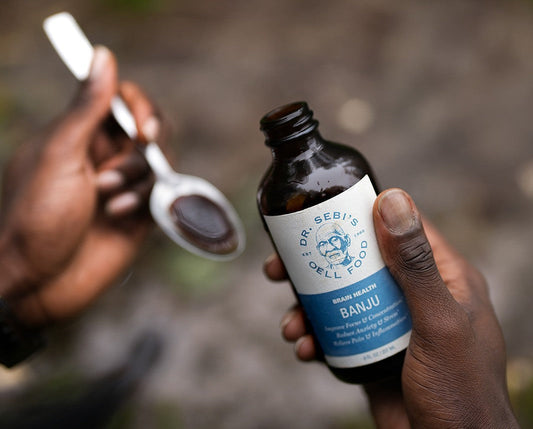



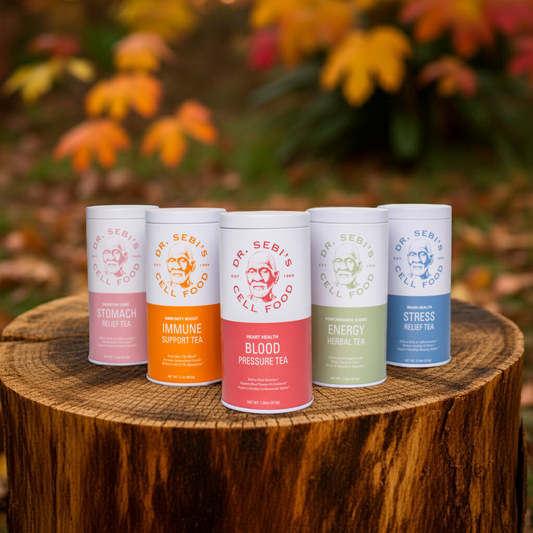



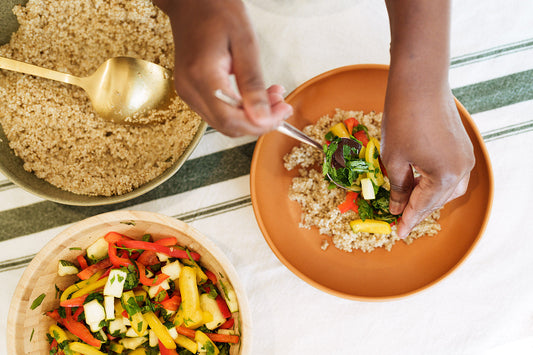



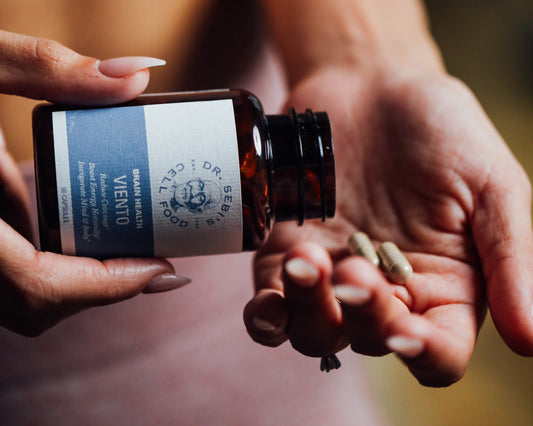
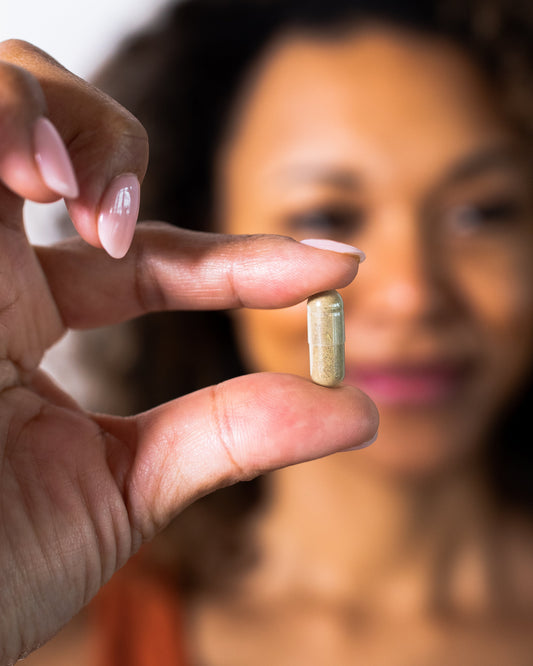

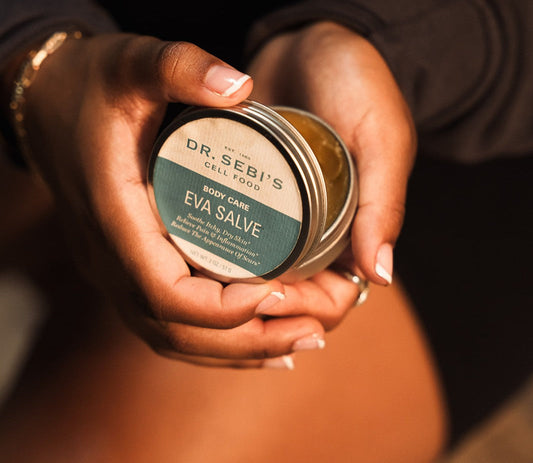
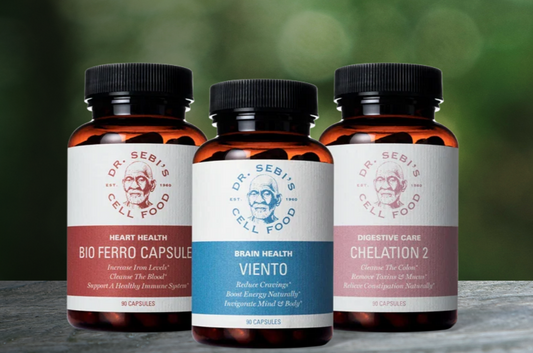
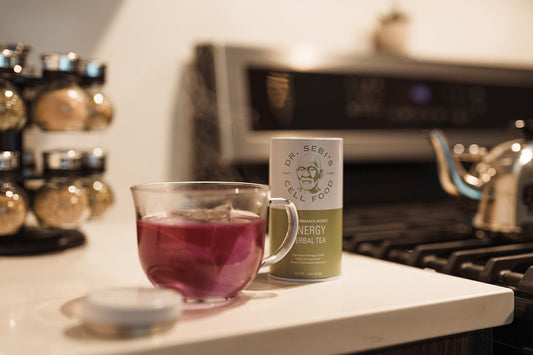










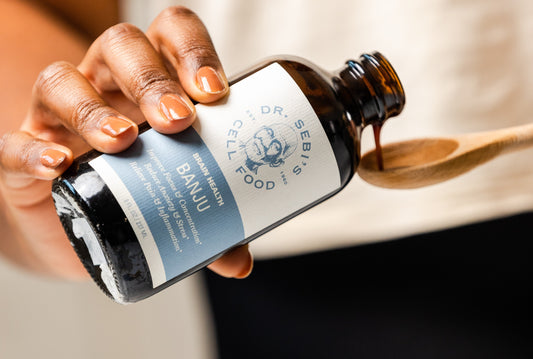
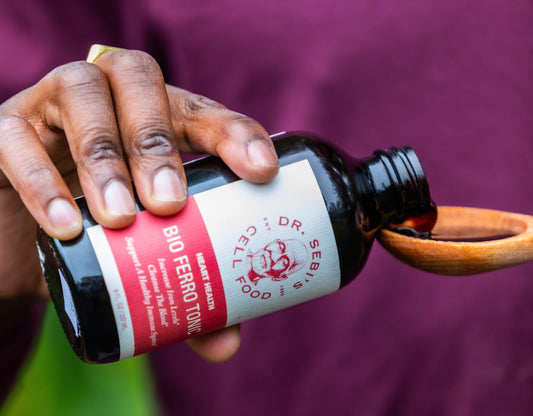

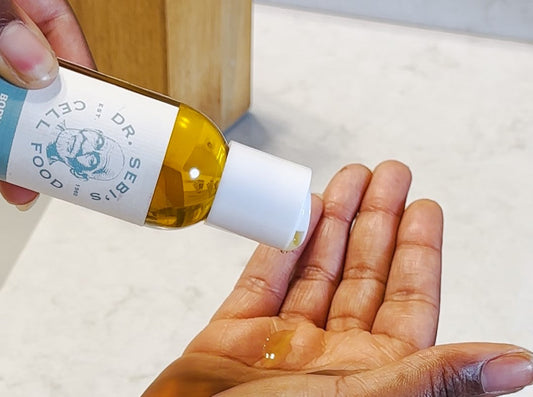



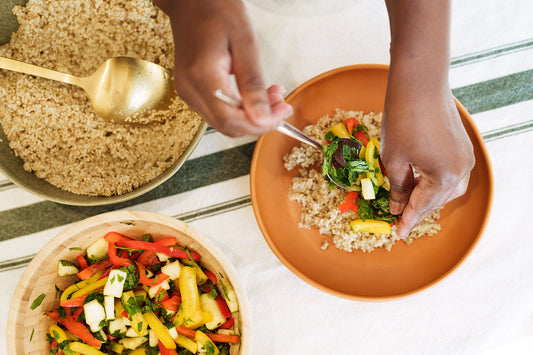


5 comments
I’d like to make a tea out of tamarind paste. I bought organic paste on Amazon. Can I just add it to some boiled water, let it sit, strain it and I’m good to go? Thank you . Looking for something simple.
Can tamarind be used to manage cancer?
Can tamarind be used to manage cancer?
Thx you
I have recently began eating tamarind (for health benefits) and I absolutely love the sour it offers. I understand it etches teeth when eaten like this (straight out of the pod) so I’m looking for alternative ways to enjoy my tamarind and still reap the health benefits.
Thank you!